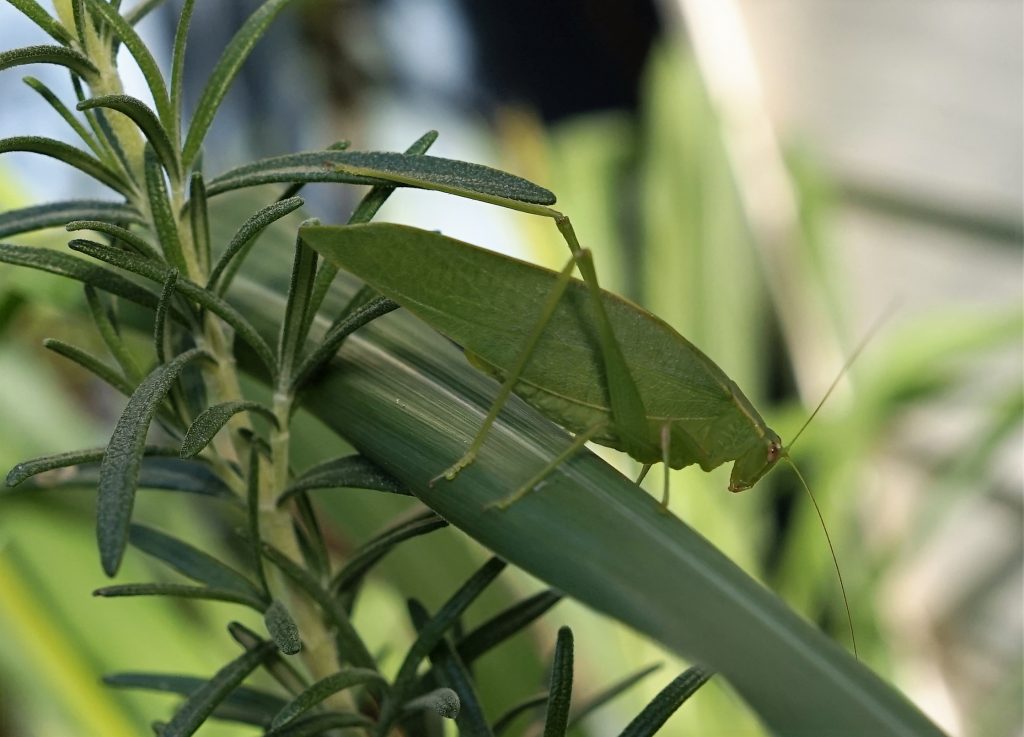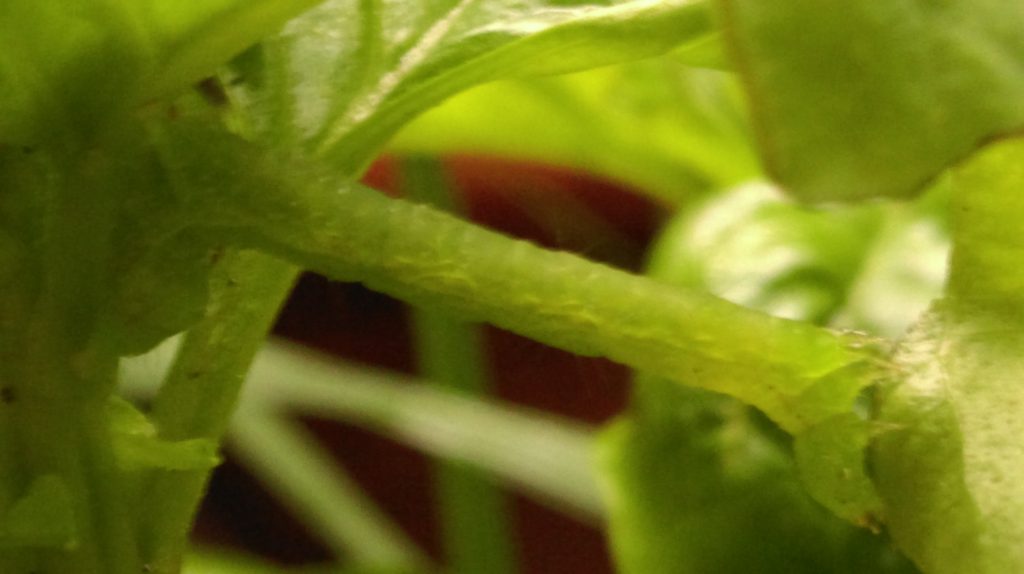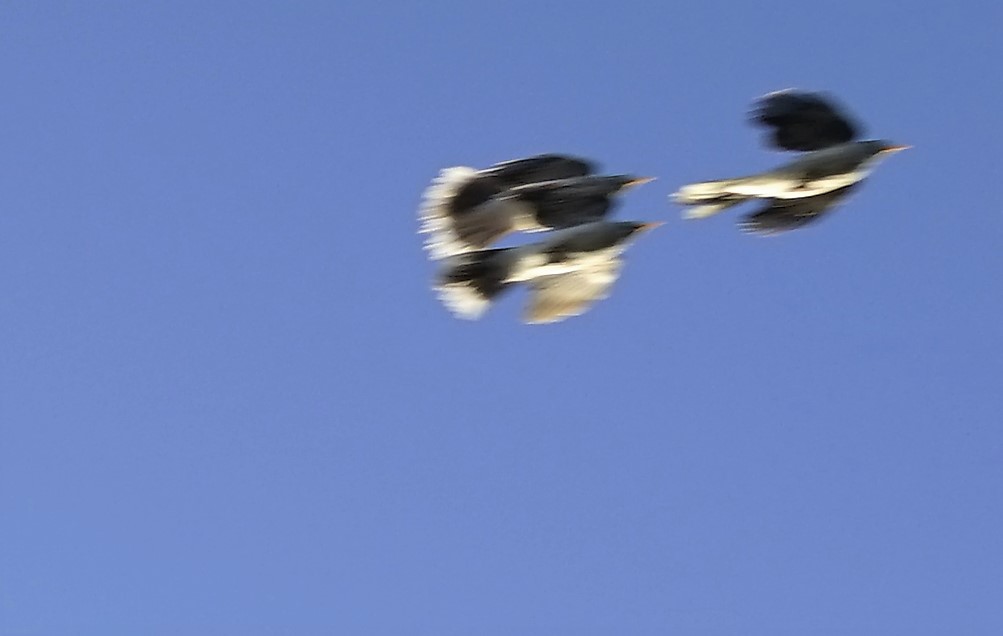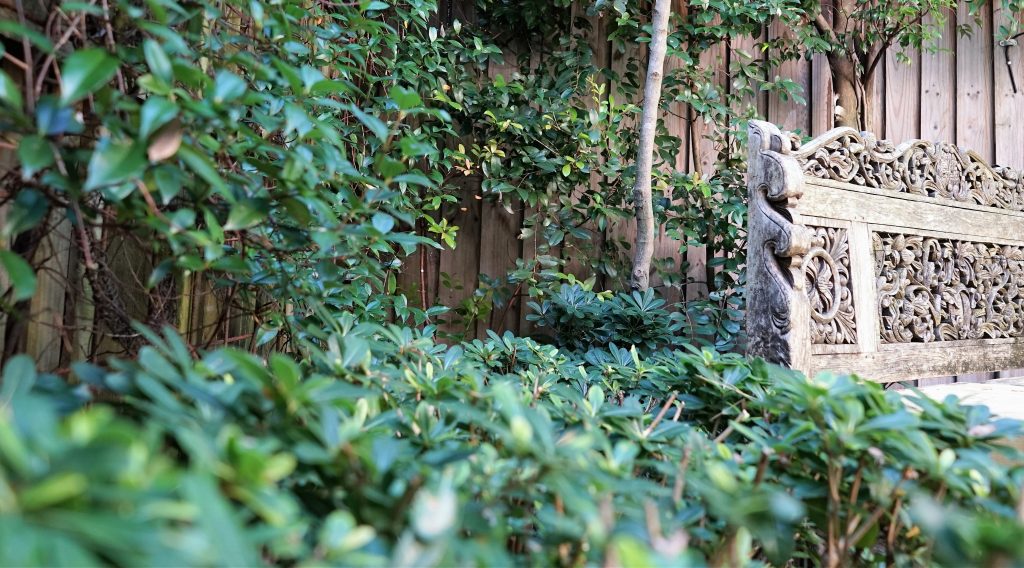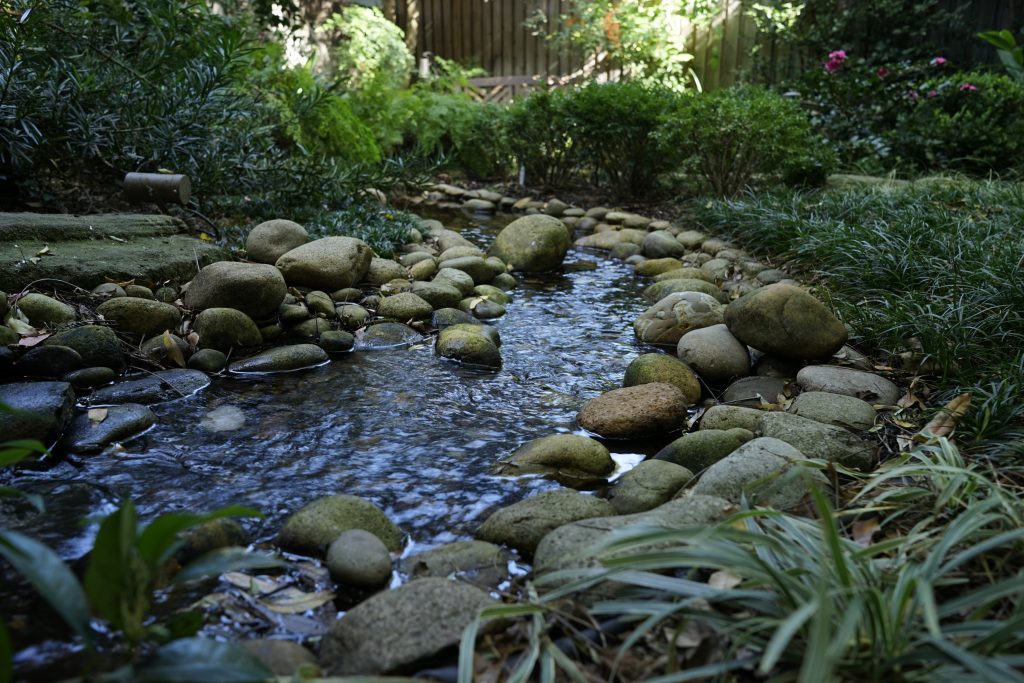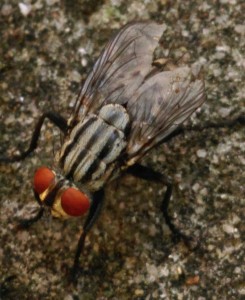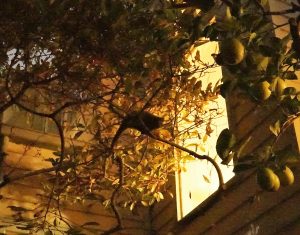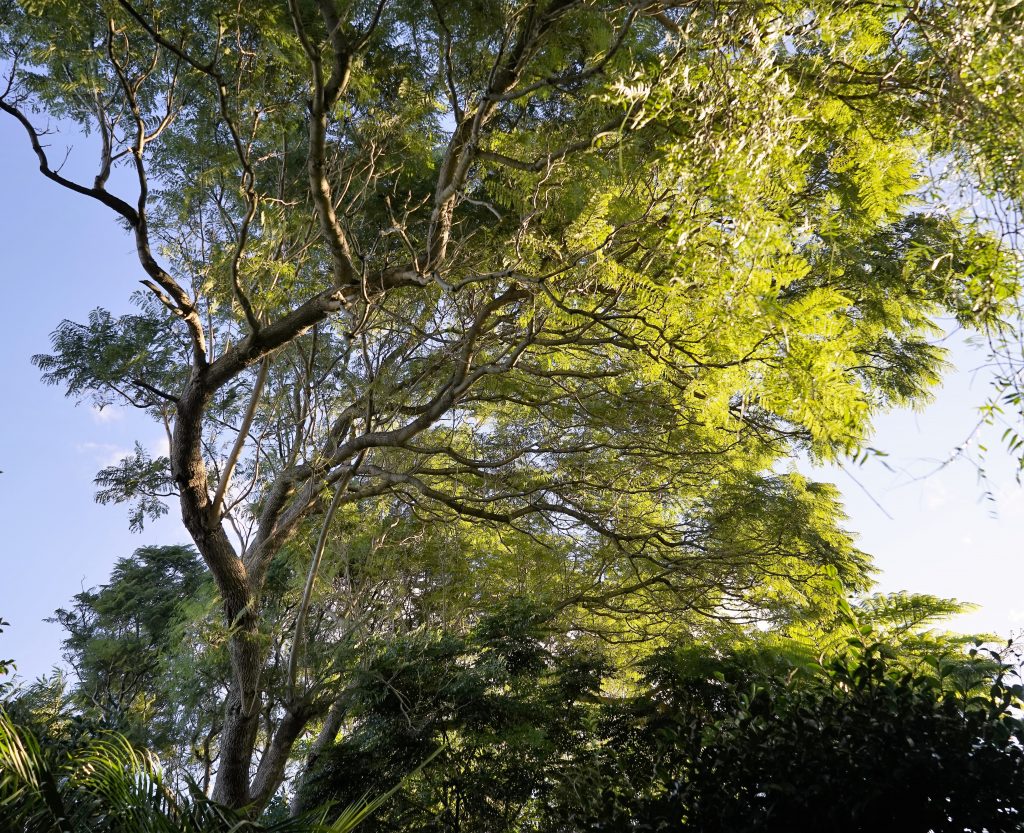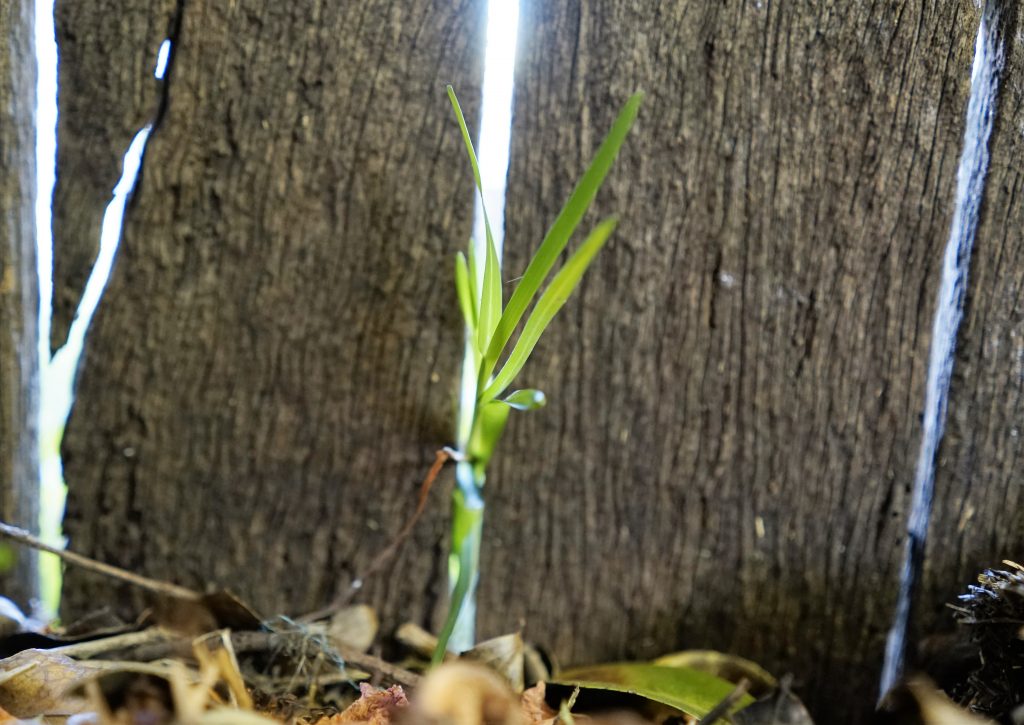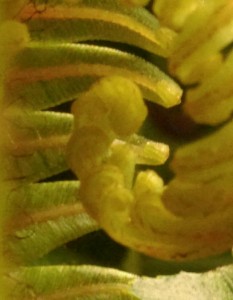[wysija_form id=”2″]
the force
of what lives us
outliving the mountain.
Last week I was delighted to come across this animal.
Part of my pleasure was that I thought I could identify it. Even though it was now in the front herb garden, and no longer among the camellias at the back, I presumed it was the same fine grasshopper with which I began this series of blog posts.
I don’t think this recognition was at the heart of my response though. The best clue to this are the words I said to myself at the time. If my response had been recognition of the same individual, I would have thought ‘Oh, it’s that same grasshopper‘. But this wasn’t my response. The delighted thought that came to me was ‘Oh, it’s you‘. Why did I say You? What did I see that made this a You and not just ‘that same grasshopper’?
This isn’t a minor grammatical quibble. There is a world — an ecology — of difference between the two utterances. Continue reading This is not a grasshopper
